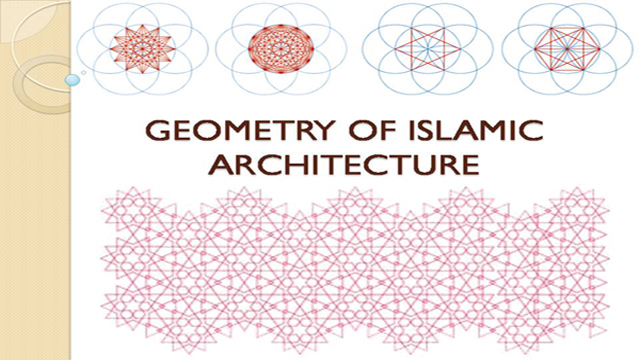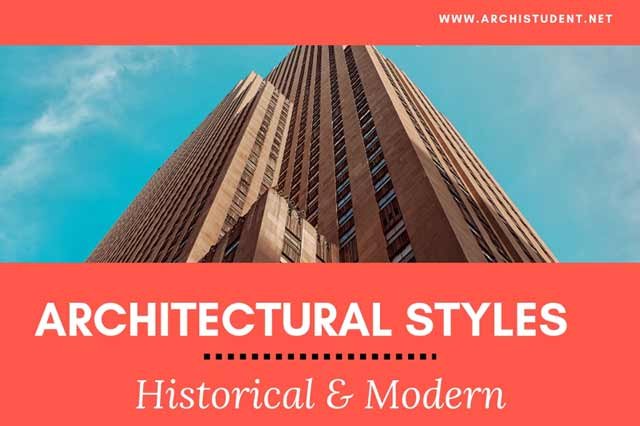Islamic Architecture is known for its grandness and geometry. The shapes and forms used for the construction are true in nature. Vivid use of colours and use of precious and semi-precious stones enriches its glory to manifolds.
•Geometry is one the most important elements of Islamic art. “Star shapes and polygons appear in all the arts and provide a source of much architectural decoration… geometric shapes are highly versatile and can be extremely complicated.”
•From the simple polygons and rectangles used as framing devices to the highly complex interlaces of stars and irregular polygons.
•The four basic shapes, or “repeat units,” from which the more complicated patterns are constructed are:
– circles and interlaced circles
– squares or four-sided polygons
– the star pattern, ultimately derived from squares and triangles inscribed in a circle
– multi-sided polygons.
[embeddoc url=”https://archistudent.net/wp-content/uploads/2013/02/Geometry-in-Islamic-Architecture.pptx” viewer=”microsoft”]





Guneet, thank you for your presentation on the geometry of Islamic architecture. I will attempt to provide a link to it on my blog, Architectural Travels (architecturaltravels.wordpress.com). I have bookmarked your website, too. It is a great resource for architecture enthusiasts like myself, especially those who love Islamic architecture.